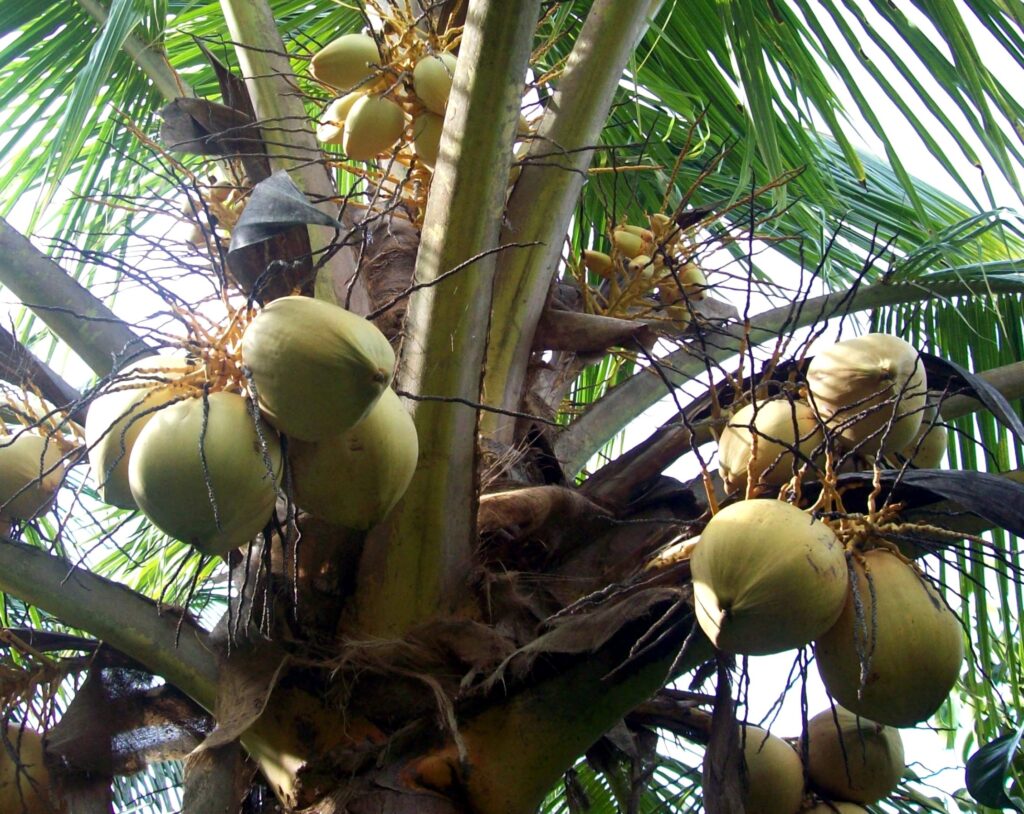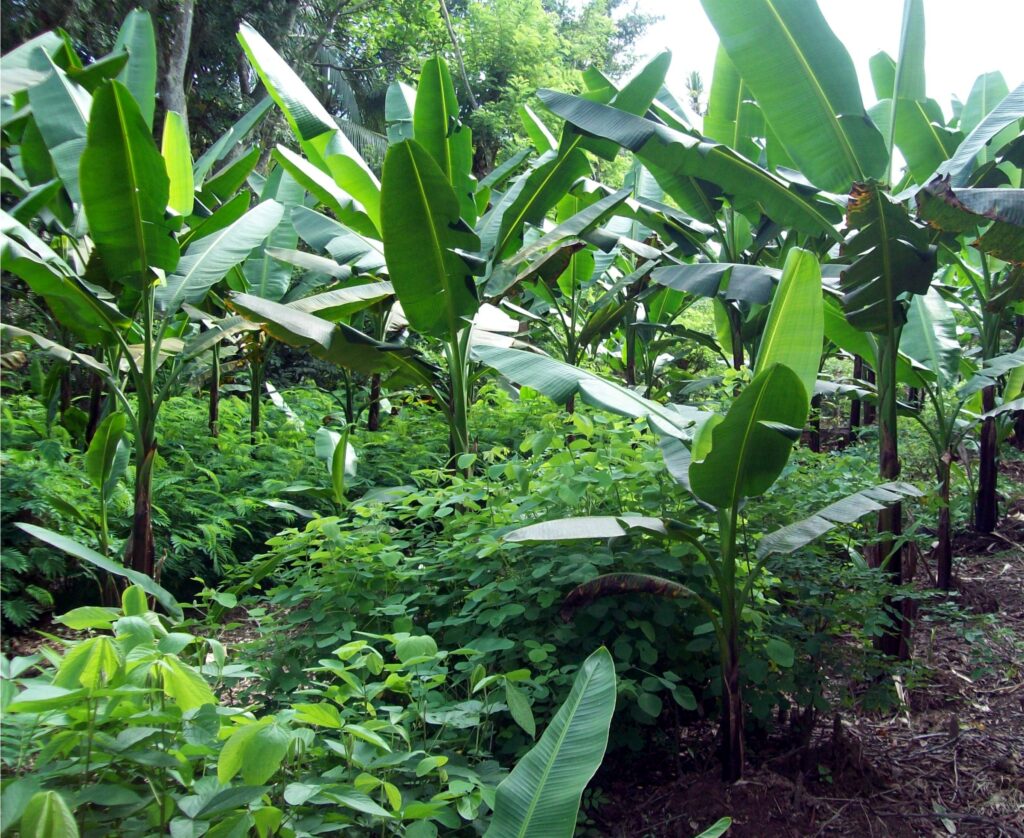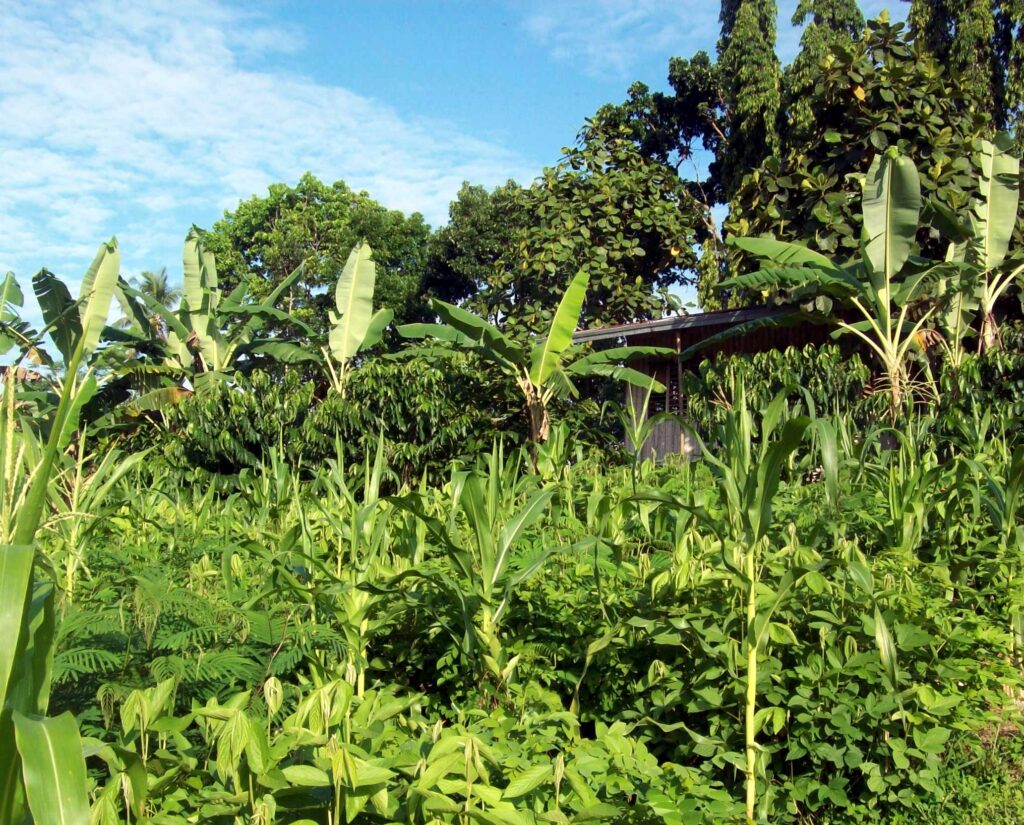Text and Photos by Henrylito D. Tacio
Many forestry experts predict that by 2025, the country will be devoid of its primary or virgin forests.
Non-believers scoff at this, saying it is an exaggeration. But the figures cannot go wrong. The UN Food and Agriculture Organization (FAO) said that, in 1934, 57 percent of the country’s total land area of 30 million hectares were covered with forests, with almost half of that to virgin forests.
In a span of 50 years, almost two thirds of the forests were lost to deforestation as indicated in a study by Frances Korten of the Ford Foundation in 1990. “Where have all our forests gone?” environmentalists decried.
FAO said that deforestations results to flooding, soil erosion and degradation pegged at 100,000 tons of soil yearly, loss of species diversity and genetic material, and loss of human lives and properties.
Most of the remaining forests in the country are located in the uplands. In the Philippine context, the uplands are rolling to steep lands, with slopes ranging upward from 18 percent. About 60 percent of the country’s total land area of 30 million hectares is upland.
To save the remaining forest cover from further denudation in the uplands and to encourage Filipinos to plant trees, the Aquino government launched the National Green Program (NGP) on May 13, 2011.
Although the government is on the right track on this, some experts believe that to make the program a continuing success, agroforestry should be included. “The key element in NGP is to plant an equal number of forest trees and multi-purpose trees like fruit and plantation crops,” pointed out Dr. Calixto Protacio, a professor of the University of the Philippines at Los Baños, in a paper.
This can be achieved through agroforestry. The World Agroforestry Center defines agroforestry as “a collective name for land use systems and practices in which woody perennials are deliberately integrated with crops and/or animals on the same land management unit.”
In agroforestry systems, trees or shrubs are intentionally used within agricultural systems, or non-timber forest products are cultured in forest settings. Knowledge, careful selection of species and good management of trees and crops are needed to optimize the production and positive effects within the system and to minimize negative competitive effects.
Dr. Protacio, who is the chairman of the Initiative for Farm Advocacy and Resource Management (IFARM), explained “that it takes a long time for forest trees to be economically useful while fruit and plantation crops can already yield fruits and nuts in a few years depending on the species planted.”
That is why he is batting for agroforestry. Forest trees, he said, can occupy areas with higher elevations while areas with lower elevations and gentler slopes can be devoted to a mixture of perennial trees and agricultural crops.
“Upland dwellers have to support themselves somehow on a daily basis and this is the reason they tend to plant agricultural food crops,” said Dr. Protacio, who has undertaken research on the agroecology.
“Unfortunately, while trying to feed themselves and eke out a living from the often marginal soils of the uplands, they also unwittingly contribute to soil erosion and other environmental degradation. They also cut existing trees for fuel. People in the uplands need to support themselves in terms of food, shelter, and livelihood. Their life depends on the biological resources available to them,” the UPLB professor stressed.
Uplanders are referred to as the “poorest of the poor” in the Philippine society since they survive below the poverty line level. The impoverished situation is reflected in their houses made of bamboo, tree bark, and cogon thatch roofing. Their sources of water are either mountain springs or streams.
In terms of education, the upland farmer rarely finishes grade school. Studies show that he either drops out after the third grade or does not even attempt to enter school. His wife, like himself, fares no better.
Dr. Protacio believed those people living in the uplands are central to the success of the NGP. “They could be employed to implement agroforestry better,” he said, adding that tree planting will be done only in tenured government land under the NGP, referring to the Community-Based Forestry Management areas.
“The occupants here have forestry stewardship contracts for 25 years, renewable for another 25 years,” he pointed out. “Legally, they are entitled to the products of what they plant via an approved Resource Utilization Permit, which is why it is presumed that they will take good care of the trees to be planted under NGP.”
Moreover, while the fruit, latex, or nut tree crops are not yet bearing, the government will give these forest stewards financial assistance to take care of and protect (against stray animals and fire) the trees planted.
In his paper, Dr. Protacio cited some perennial crops that can be planted together or as intercropped. He explained that agroforestry can yield better dividends if cash crops and coconuts are cultivated.
“Coconut is not only good for its oil but a source of coco-sugar with low glycemic index for diabetics and coco water is now a rage worldwide,” he said. “Its trunk is used as lumber while coco coir is in demand among automobile makers. The nuts are harvested from 45 to 60 days, supplying the grower with cash for his daily needs.”
Coffee, which the president mentioned in his recent State of the National Address (SONA), is a high- value crop suited to the uplands. It requires minimal crop protection. It also promotes biodiversity as it provides food for the civet cat or alamid, giving rise to the expensive “alamid coffee.”
The deep-rooted Liberica and Excelsa varieties (commonly known as kapeng barako) are adapted to the forest-like environment, giving commensurate yield. These two varieties can also tolerate six months of dry conditions, where most crops will not thrive, making them suitable for regions with drier climate. Good news: Global coffee prices have risen recently.
Rubber trees are excellent since tapping for latex is done every other day except for two months of the year when “wintering” – or leaf fall and regeneration – occurs. Rubber can be planted in areas where abundant rainfall occurs and typhoons are absent as in Mindanao although there are now plantings in Luzon and the Visayas.
Abaca is a perennial indigenous crop producing fiber whose trade the Philippines dominates. It is a crop that indigenous people use for clothing, like the t’nalak among the T’boli and cordage. So it is also culturally valuable and socially acceptable. It is naturally grown as an agroforestry crop. Currently, 65 percent of abaca produced is used industrially for pulp and paper while the rest is shared by handicrafts and cordage.
Another crop mentioned by President Aquino in his recent SONA, is cacao. The domestic grinders require at least 30,000 tons of dried fermented cacao beans every year. In addition, there is a ready market waiting to be tapped in Singapore, Malaysia, Japan and China. These countries need at least 100,000 metric tons of dried beans annually.
“Cacao will thrive in an agroforestry system where several crops or biodiversity exists rather than under a monoculture type of production which gives rise to serious pest and disease problems,” Dr. Protacio said.
Like abaca, pili is also indigenous in the country. “Pili stands out as an ideal agroforestry crop because it is fast- growing and able to withstand the strongest typhoons,” Dr. Protacio said. “It is a good windbreak tree to protect other crops, requires minimal care and has the highest establishment percentage in an agroforestry setting among different fruit crops on Mt. Makiling’s slopes.”
Other crops Dr. Protacio mentioned in his paper were:
· Jackfruit is a good fruit crop as it bears fruits year-round and contributes to food security as well. It is a sustainable crop as crop protection needs is negligible except for bagging the fruits. Its seeds are a good carbohydrate source.
· Banana, especially the Saba variety, is good for the uplands as it meets the NGP objectives of food security, year-round income source and biodiversity conservation. The Philippines has a wealth of banana varieties. The stem can help feed hogs in the farm. Banana is also amenable to processing like in banana chips.
· Cashew will do well in the uplands especially in the regions with drier climate. The nuts are non-perishable and needs little processing. The fleshy fruit can be converted into wine and other products.
· Tamarind should always be included in the mix of fruit trees as it is leguminous, thus supplying much needed nitrogen and environmental stability to the agroforestry system. Its fruits can be sold fresh, as candy or as a souring agent.
“All of the above rate a score of 3 on a scale of 1 to 5 in terms of fulfilling the goals of NGP but with coconut scoring a 5. Other fruit crops like citrus, guyabano, lanzones, mango, santol, durian, mangosteen and rambutan may be planted for variety but they are mostly cash crops and seasonal or require expensive external inputs like mango. They are also perishable with poor post-harvest characteristics,” Dr. Protacio concluded. – ###





